Food Processing


Food Hygeine:
What all you need to know about Good Hygiene Practices?
The basic of Good Hygiene Practices – from what they are, common types of food contaminants and general recommendations for environment hygiene, food storage and transport, sanitation, maintenance, personal hygiene as well as facility design and operations are detailed on this page. FoodSafetyHelpline 2014 –https://foodsafetyhelpline.com/need-know-good-hygiene-practices/
Foodborne Illness
Information related to foodborne illness including what it is, common causes and symptoms and basic food safety tips to preventing a foodborne illness are covered on this page. Minnesota Department of Health https://www.health.state.mn.us/diseases/foodborne/index.html
Prevent Cross-Contamination
Recommendations to prevent cross-contamination which is a key factor in preventing foodborne illnesses are provided on this page. Minesota Department of Health –https://www.health.state.mn.us/people/foodsafety/clean/xcontamination.html
General Principles of Food Hygiene CXC 1 – 1969
Information on the principles for producing safe and suitable food for consumption is provided in this publication. It outlines the necessary hygiene and food safety controls to be implemented in production (including primary production), processing, manufacturing, preparation, packaging, storage, distribution, retail, food service operation and transport of food, and where appropriate, specific food safety control measures at certain steps throughout the food chain. Codex Alimentarius – 2020
CARICOM Regional Code of Practice : General Principles of Food Hygiene
This Code of Practice details the essential principles of food hygiene within the food chain from primary production to the final consumer, stipulating the acceptable hygienic conditions for producing food that is safe and suitable for consumption.
-https://law.resource.org/pub/crs/ibr/cc.crcp.5.2010.html
Food Hygiene Practices & Guidelines
Educational materials and guidelines on food hygiene are provided on this page to assist food operators to upkeep their hygiene standards. Singapore Food Agency –https://www.sfa.gov.sg/food-retail/food-hygiene-practices-guidelines/food-hygiene-practices-guidelines
Food Allergens
Allergens in food manufacturing: Best practices in facility design.
Information on what allergens are and how an engineering approach to facility and process design can help manage the risk of allergens in food manufacturing through layout, selection of equipment, the flow of materials and personnel, air handling, residues handling, warehousing, cleanability, and procedures are outlined in this publication. Dr Pablo Coronel, CRB Group –https://www.crbgroup.com/insights/food-beverage/allergens-food-manufacturing
Common Allergens
A description of the nine (9) most common food allergens are provided in this publication. Food Allergy Research and Education https://www.foodallergy.org/living-food-allergies/food-allergy-essentials/common-allergens
Allergen Management: Best Practices For Food Manufacturers
Best practices for food manufacturers to effectively manage food allergens are provided in this publication. Evan Rosen, Food Safety Tech 21/09/16 –https://foodsafetytech.com/feature_article/allergen-management-best-practices-food-manufacturers/
Managing Food Allergen Risks – A Guide for Manufacturers
Areas where allergen risks occur and can be controlled and managed are detailed in this publication. – https://www.mda.state.mn.us/food-feed/managing-food-allergen-risks-guide-manufacturers
SSOPs: Standard Sanitation Operating Procedures
A Sanitation Standard Operating Procedure Model
This is a Sanitation SOP model for establishments to use as a reference when developing Sanitation SOPs. The model was designed to assist establishments in applying the sanitation requirements to their operations and to meet the regulatory requirements of Part 416—Sanitation. The sanitation model is not intended to be used “as is” for industry Sanitation SOPs. United States Department of Agriculture (USDA) Food Safety and Inspection Service – 2020 –https://www.fsis.usda.gov/guidelines/2020-0009
Writing Sanitation Standard Operating Procedures (SSOPs)
Tips for writing SSOPs are provided in this publication. Penn State Extension – 2018 –https://extension.psu.edu/writing-sanitation-standard-operating-procedures-ssops
HACCP
The NCBJ is a certification body offering certification services to ISO 9001 Quality Management System and ISO 22000 Food Safety Management System to companies in Jamaica and the wider Caribbean. National Certification Body of Jamaica (NCBJ)
C&G International Inc.
C&G International Inc. is the Caribbean’s leading quality, food safety and manufacturing consultancy based in Barbados. It has worked with companies across the region in Trinidad & Tobago, Guyana, Suriname, St Lucia, Grenada, St Vincent, Antigua, St Kitts and the Bahamas. It offers food safety and manufacturing serivces which include: HACCP implementation, agro-food processors GMP and manufacturing training. The company aims to to assist micro, small, medium and large clients to progress their operations.
ISO 22000
ISO 22000: Food Safety Management. Information on ISO 22000 – a voluntary, international food safety standard for the food industry, to which businesses can be certifed – is provided. International Organization for Standarization (ISO)
Food fraud – What does it mean?
Information on food fraud is detailed on this page. Topics covered include: different types of food fraud and food integrity. The ‘Handbook on Food Authenticity Issues and Related Analytical Techniques’ is also available for FREE download. European Commission
–https://ec.europa.eu/food/safety/agri-food-fraud/food-fraud-what-does-it-mean_en
Food Fraud
Information on food fraud is detailed on this page. Topics covered include: definition of food fraud, key characteristics of food fraud, types of food fraud and the most common food frauds. European Commission – Knowledge Centre for Food Fraud and Quality
–https://knowledge4policy.ec.europa.eu/food-fraud-quality/topic/food-fraud_en#faq
Food Labelling
An overview of food labelling is provided on this page. The informatin covered includes: what is food labelling, international food labelling standards (with reference to Codex Alimentarius Standard), nutrition labelling, food labelling to reduce waste, food fraud, impact of food packaging, origin labelling of food and FREE publications for download. Food and Agriculture Organization of the United Nations (FAO) –http://www.fao.org/food-labelling/en/
Handbook on Food Labelling to Protect Consumers
The handbook explains the general principles and good practices for food labelling, including international standards for labelling. Specific types of labels are explained such as ingredient lists (including allergen and food additive information), date marking, nutrition labels (back of pack panels and front of pack systems) as well as nutrient and health claims. The steps for developing a labelling po licy are explained and sources of information from national and international authorities are provided.
Food and Agriculture Organization of the United Nations (FAO) 2016
–http://www.fao.org/documents/card/en/c/fc5f4bc2-650a-4704-9162-9eb9b3a1fdd0/
Innovations in food labelling
This book provides information about the rights and responsibilities that are the foundation for food labelling, and illustrates how labelling policies are developed. Labelling topics include the Codex Committee on Food Labelling, international trade agreements and human rights, nutrition, allergens, organic, eco-labelling for fish, fair trade, geographic indication and genetically modified foods. Food and Agriculture Organization of the United Nations (FAO) – 2010 –
http://www.fao.org/publications/card/en/c/7e85620c-9cc7-5651-97fb-89775d09064d/
Food Traceability Guidance
This document covers specific sectors that were identified in each of four beneficiary countries for the provision of detailed guidance within the scope of TCP/SLC/3403 and the SPS project. These are: Antigua & Barbuda – fisheries pineapple, carrot and onion sectors Barbados – poultry, fisheries and condiment sectors Dominica- fresh produce, agroprocessing and fisheries sectors Grenada – nutmeg, cocoa, fisheries and fresh produce sectors. This practical Guidance is intended for those responsibl e for implementing traceability in their organization´s operations and supply chain. The scope establishes both the minimum requirements and the best practices for sharing information along the supply chain. –http://www.fao.org/publications/card/en/c/I7665EN/

